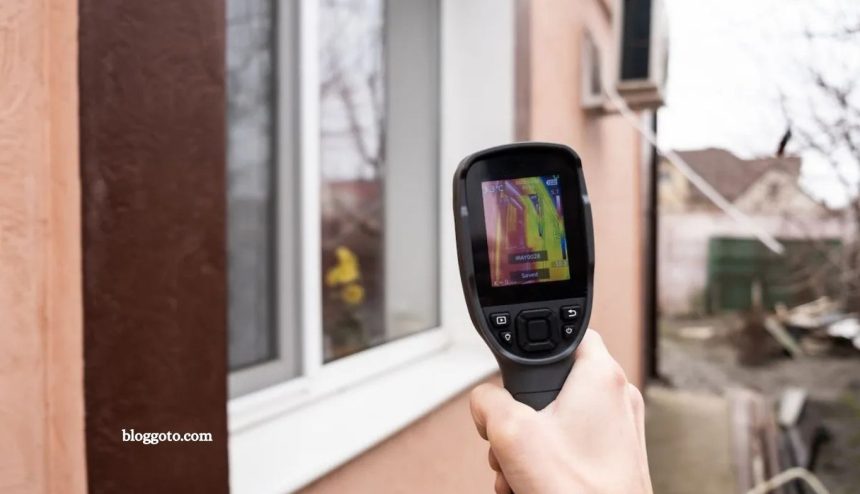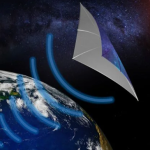Investing your tax refund in projects that qualify for tax credits is a smart way to secure another substantial refund next year. Upgrading your HVAC system, adding insulation, or installing renewable energy sources like solar or geothermal can earn you thousands in credits while cutting long-term costs.
However, only energy-efficient improvements qualify. To maximize your tax savings, it’s crucial to understand which upgrades meet eligibility requirements. Johan Garcia, CPA and founder of After Tax Cash, a site specializing in tax credit guidance for home improvements, offers expert advice to help you make informed decisions.
Before Tax Refund Starting a Project

Before starting any home improvement project, verify if your investment qualifies for tax credits. Garcia recommends reviewing product manuals and EnergyStar government listings to confirm energy efficiency and necessary certifications.
During the project, keep detailed records receipts, certifications, and installation documents are essential for claiming credits.
Remember, home improvement tax credits cap at \$3,200 annually, no matter how much you spend or how many upgrades you complete.
Read More: Tax-Deductible Homeownership Costs vs. Non-Deductible Expenses
Heating and Cooling Systems
Purchasing a new heating or cooling system can unlock significant tax breaks if it meets efficiency standards, potentially saving you up to \$2,000 including labor costs.
- Heat Pump: Earn a 30% tax credit up to \$2,000 by upgrading to an Energy Star-certified heat pump. Southern U.S. residents need standard Energy Star units, while northern residents require Energy Star Cold Climate models with an Energy Efficiency Ratio 2 (EER2) of 10 or higher. Ductless systems qualify with an EER2 above 12 in the south and above 9 in the north.
- AC Unit: Get a 30% tax credit up to \$600 for installing high-efficiency central air conditioners or Energy Star-rated split systems with a Seasonal Energy Efficiency Ratio 2 (SEER2) above 16.
- Gas or Oil Furnace: Claim 30% of the cost, up to \$600, for Energy Star furnaces. Gas models must have an Annual Fuel Utilization Efficiency (AFUE) of at least 97% to qualify.
- Biomass: Pellet and wood stoves or boilers also qualify for a 30% credit, capped at \$2,000.
The Home Envelope
Tax credits under the Inflation Reduction Act extend beyond alternative energy and high-efficiency HVAC systems. Many affordable projects that boost your home’s energy efficiency qualify for credits of up to 30% of their material costs labor for building envelope upgrades is not included.
- Home Energy Audit: Receive up to \$150 in tax credits for a certified energy audit with a detailed report recommending energy-saving improvements.
- Doors: Upgrade to Energy Star-rated exterior doors and save up to \$250 per door, with a \$500 total limit.
- Windows: Replacement windows and skylights rated Energy Star Most Efficient qualify for up to \$600 in tax credits.
- Insulation: Installing insulation or air-sealing materials can earn you up to \$1,200 in credits. Eligible products include batts, rolls, blow-in fibers, rigid boards, spray foam, and pour-in-place insulation, all requiring a Manufacturer’s Certification Statement. Note that state programs and qualifying insulation types may vary.
Alternative Energy Sources
Adding clean energy sources like solar, geothermal, wind, fuel cells, or battery storage to your home can unlock substantial federal tax credits worth thousands.
- Solar Systems: The Inflation Reduction Act offers a 30% tax credit on solar installation costs with no income limits or maximum cap. To qualify, you must own and live in the home—leasing systems don’t qualify. The credit covers the solar system and installation labor but excludes roof repairs.
- Geothermal Systems: Similar to solar, geothermal installations for your primary residence qualify for a 30% tax credit.
- Other Renewables: Fuel cells, wind turbines, and battery storage systems also qualify for this 30% credit, though they are less common in homes.
Frequently Asked Questions
What types of home improvements qualify for tax credits?
Energy-efficient upgrades such as HVAC systems, insulation, windows, doors, solar panels, geothermal systems, and certain renewable energy installations qualify for tax credits.
How much can I save with these tax credits?
Tax credits typically cover 30% of the material and installation costs, with some credits capped (e.g., $3,200 annually for building envelope upgrades).
Do labor costs qualify for tax credits?
Labor for installing energy-efficient systems usually qualifies, but labor costs for building envelope improvements (like insulation or air sealing) do not.
Can I claim tax credits if I lease my solar system?
No, only homeowners who own their solar systems and live in the home qualify for the solar tax credit.
Is there a limit to how many tax credits I can claim each year?
Yes, some credits have annual caps, such as $3,200 for home energy improvements.
Do tax credits apply to rental properties?
Generally, these credits apply to primary residences and not rental properties.
What documentation do I need to claim these credits?
Keep receipts, product certifications, energy audit reports, and any installation documentation to support your claim.
Conclusion
Investing in energy-efficient home improvements not only enhances your comfort and reduces utility bills but also offers valuable federal tax credits that can save you thousands. By choosing qualified upgrades like HVAC systems, insulation, windows, and renewable energy installations and keeping proper documentation, you maximize your tax benefits. Understanding eligibility requirements and credit limits ensures you make smart, cost-effective decisions that pay off both now and in the future.











